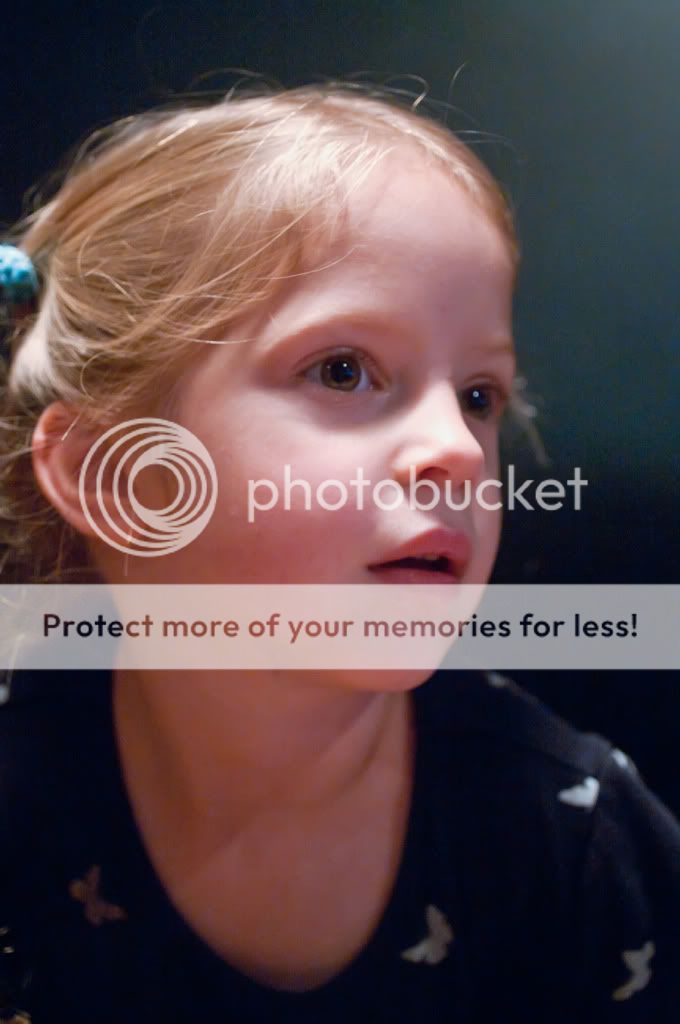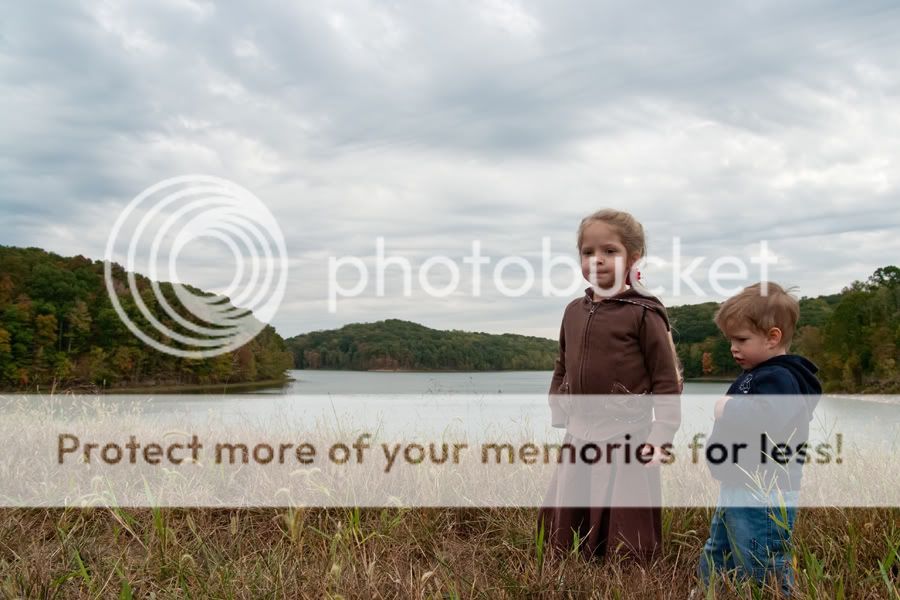 Originally posted by DaveHolmes
Originally posted by DaveHolmes 
Anyone explain what kind of 'fancy digital manipulation' is employed and why it should be avoided please?
As I understand it, the camera gets ISO 100 by over-exposing the image (so you get the slower shutter speed), and then making it darker again digitally with firmware. The result has less dynamic range than shooting at ISO 200. Over-exposing means you aren't getting the optimum performance out of the sensor.
You can get a similar result by over-exposing manually and darkening it by hand during post-processing on a PC. Doing it on a PC gives you more control over doing it in-camera. I've seen it claimed that the natural sensitivity of the sensor is around ISO 125, so it may be that using ISO 100 in-camera does have an advantage over the manual post-processing method, but that would mainly apply to shooting in JPEG. If you shoot in RAW, post-process in RAW and then reduce to JPEG you can probably do a better job manually than the camera can.
 Originally posted by Ira
Originally posted by Ira 
How can a sensor working at 100 be more manipulated than 200?
Because its natural, optimum sensitivity is higher than 100. The meanings of the ISO values were defined long ago, in terms of an abstract exposure model; ISO 100 does not mean "the sensor's optimum sensitivity". There's no reason it has to be a good fit for a particular camera's hardware.
I don't think Pentax avoid ISO 100 by default because they are concerned about beginners getting too-slow shutter speeds. They could instead avoid it in auto/beginner modes and allow it in full PASM modes. Any mode which allows manual exposure compensation will let you take a bad picture due to over-exposing.
It's just that shooting at below the sensor's optimum sensitivity is a slightly strange thing to do. It's available for people who want to sacrifice some dynamic range for slower shutter speeds and want the convenience of doing it in-camera, but it's not the default because it's not obvious that's what will happen.


 Similar Threads
Similar Threads 




















